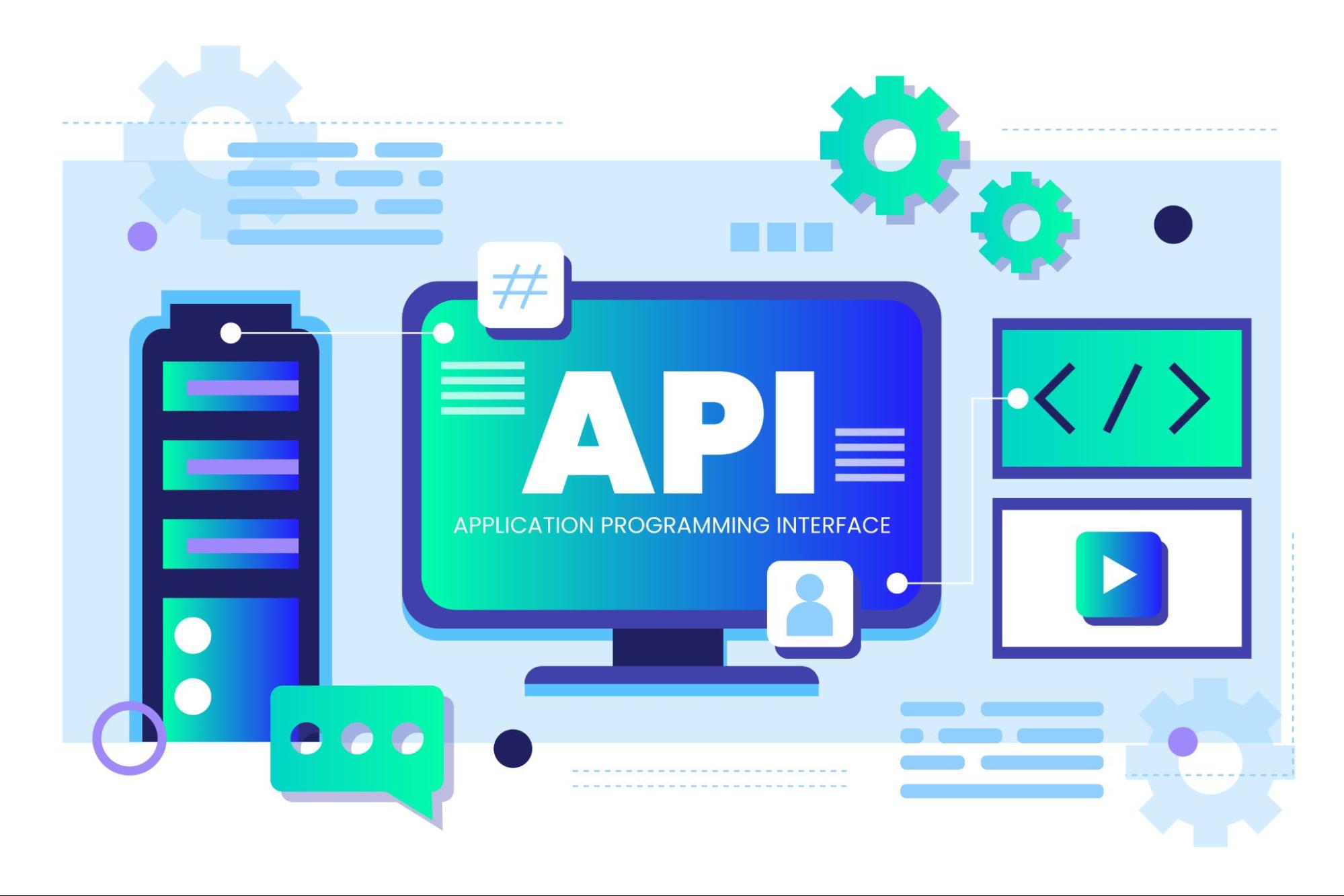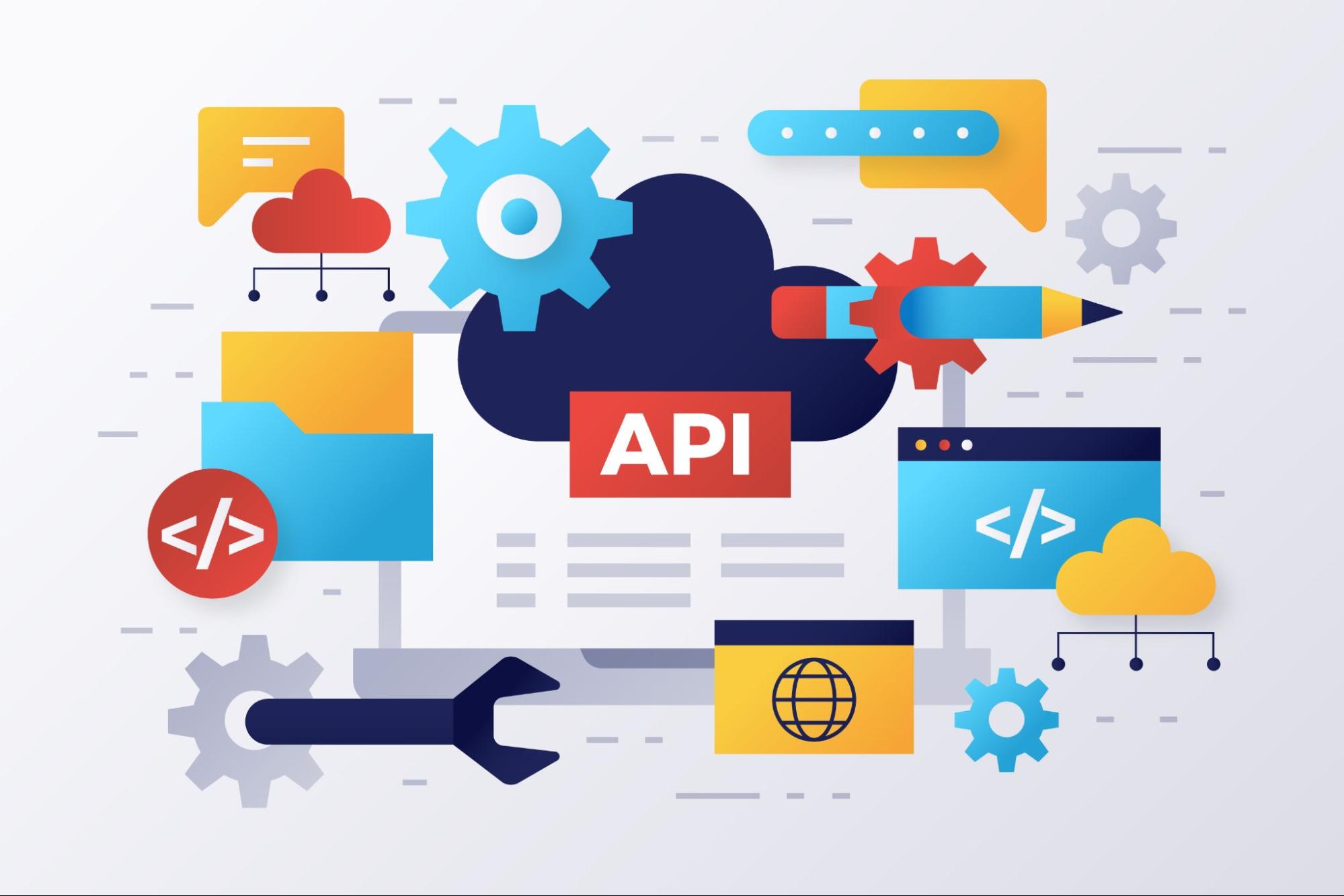🔥 Black Friday Deals — Flat 30% OFF 🔥
*Use these codes at checkout to avail the discount on your favorite Optimizory products!
REST vs. SOAP APIs: Key Differences, Benefits, and Drawbacks
SOAP and REST have remained essential in the fast-changing world of software engineering. These technologies are crucial for API development. However, what distinguishes REST from SOAP, and which use cases work best with each? We will examine the salient characteristics, benefits, and drawbacks of each strategy in this article. Read on to understand more about SOAP vs REST.
Difference between SOAP and REST API
RESTful applications are great for CRUD tasks. Content management systems (CMSs) use HTTP methods POST, GET, PUT, and DELETE to manage entities. Because REST can cache replies, it is a good choice for applications that get a lot of queries often. Additionally, REST's popularity ensures a broader range of developers are familiar with its design for public APIs.
On the other hand, SOAP's inherent security features could be advantageous for systems with strict API security needs. Strongly typed contracts and WS-Security enable SOAP, which makes it a superior option for sending sensitive data like financial or medical records. Now that you know about it, read on to learn more about REST APIs.
Benefits of REST APIs

Designing web services that are both maintainable and scalable may be challenging; this is where REST comes in. The architectural style known as REST provides guidelines, best practices, and standards for building networked applications.
RESTful APIs have the following features -
-
Statelessness: The server does not store any information about the client’s state. The client provides all the necessary details in each request.
-
Concern separation: By severing their ties, the client and server are free to develop separately.
-
Layered architecture: To improve modularity and maintainability, software architecture is separated into layers with specific functions.
-
Support for cache: Client-side caching of responses may boost efficiency and cut down on the requirement for repetitive processing.
-
Consistent interface: HTTP methods like GET, POST, and DELETE ensure simple and consistent client-server interactions.
-
Resource emphasis: RESTful APIs are resource-based. URIs serve as resources' identifiers, and HTTP methods carry out CRUD operations on them.
-
Support for standard media types: Resources are represented using standard media types such as JSON, XML, or plain text. Clients can request responses in their preferred media type.
Advantages of REST
REST offers a straightforward approach to client-server communication with several benefits:
- Scalability: Stateless APIs simplify horizontal scaling, allowing additional servers to be added during peak traffic without losing session state.
- Universal conventions: Standardized conventions improve developer experience and system maintainability. Consistent interfaces enhance interoperability across systems.
- Interoperability: Any HTTP-supporting client can use a RESTful API, regardless of platform or programming language.
- Improved performance: Caching server responses reduces latency and server load, enhancing performance and user experience while minimizing computational overhead.
Disadvantages of REST
Despite its popularity, REST has some drawbacks:
- Incompatibility with real-time functionality: RESTful APIs are less suited for applications requiring live data due to their request-response model.
- Overhead with binary data transfer: Encoding and decoding large binary files can increase bandwidth consumption and slow transfers, risking timeouts.
- Reliance on HTTP: REST's alignment with HTTP may limit the range of devices it can cater to.
While REST is a popular approach, it's important to consider alternatives like SOAP.
Benefits of SOAP APIs

SOAP (Simple Object Access Protocol) utilizes XML to connect computers over the Internet. SOAP employs WSDL contracts to specify API capabilities and has a rigorous structure.
Advantages of SOAP
SOAP offers benefits that REST does not:
- Extensibility: XML namespaces and custom header elements allow developers to extend functionality as needed.
- Multiple protocol support: SOAP is compatible with a number of protocols, including SMTP, HTTP, and Microsoft Message Queuing (MSMQ).
- Strong typing: XML schema defines message structures and data types, improving data validation and reducing communication errors.
- Standardized error handling: SOAP's fault element provides a consistent error-handling approach, making it easier for systems to parse and manage errors.
- Heightened security: SOAP's built-in security standards, such as WS-Security, ensure secure message transmission. It supports digital signatures, tokens, and encryption for message integrity and confidentiality.
Disadvantages of SOAP
SOAP also has its disadvantages...
- Less performant: SOAP's verbose XML-based structure can lead to greater bandwidth usage and slower performance.
- Complexity: SOAP's strongly typed and extensible nature can introduce complexity. REST offers a simpler approach.
- Less intuitive: SOAP's action and method-centric design could be more intuitive compared to REST's resource-based approach.
The Bottom Line
Because REST and SOAP both have advantages and disadvantages of their own, they are best suited for distinct use situations. Knowing the benefits and drawbacks of each strategy can help you decide which one to use based on your application's goals.
For example, technologies like Optimizory's vREST might be quite helpful if your project requires API testing. With vREST, testing REST APIs is made easier while still guaranteeing the stability and dependability of your services.
In conclusion, choosing between REST and SOAP depends on your specific needs. By carefully considering your application's goals, you can select the approach that best delivers a superior end-user experience.




